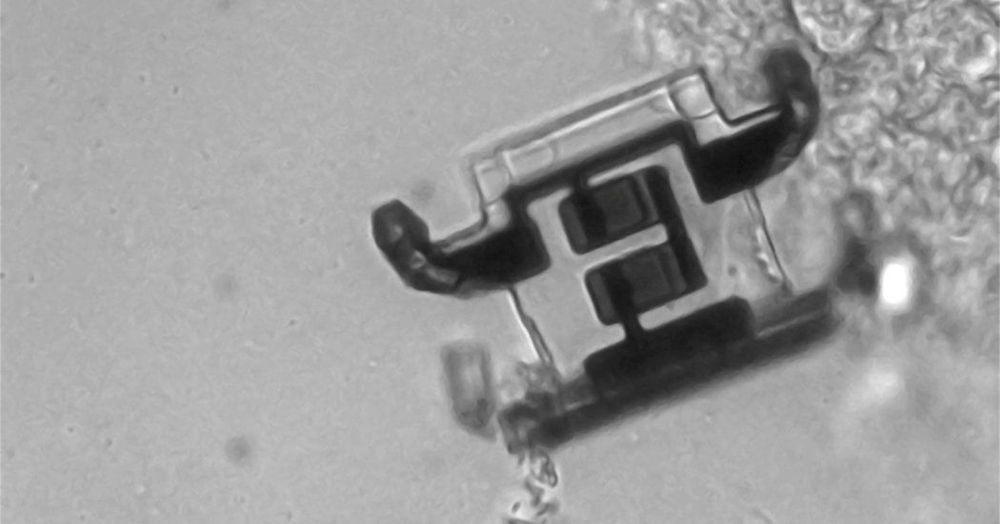The marine giant lived about 1.5 million years ago, suggesting that blue whales started bulking up much earlier than thought.




The Food and Drug Administration is forcing certain sleep drugs to carry a deadly serious warning about the rare, frightening side effects they can cause. The side effects, which have reportedly caused serious injuries and even deaths, include sleepwalking and other intricate behaviors done while a person is sleeping or not fully awake, like driving and cooking.
The new black box warning—the strictest label used by the FDA to denote potentially life-threatening side effects—will apply to three drugs commonly used for insomnia and sold under various brand names. They are eszopiclone (Lunesta), zaleplon (Sonata), and zolpidem (Ambien, among other names). In addition to the warning, people will also be told to stop or avoid using these drugs if they’ve ever experienced these symptoms.


Researchers in the U.K. have developed a way of storing digital data inside tiny structures contained in glass.
The storage technology is so stable and safe that it can survive for billions of years, scientists at the University of Southampton said this week.
That’s a lot longer than your average computer hard drive.

Scientists around the world are testing ways to further boost the power of particle accelerators while drastically shrinking their size.
10/18/18
Our best model of particle physics explains only about 5 percent of the universe.
09/25/18
Particle physicists and astrophysicists employ a variety of tools to avoid erroneous results.

Ever since the 1989 debacle, cold fusion has been a byword for “junk science”—and cold fusion research has been anathema, tantamount to scientific suicide. Still, some quiet pioneers have continued the research, albeit under a changed name: LENR, or “low-energy nuclear reactions.” The jury’s still out on whether their methods will prove successful, but the race for inexhaustible “cold” fusion is definitely heating up.
Circa 2016
Entanglement is an extremely strong correlation that can exist between quantum systems. These correlations are so strong that two or more entangled particles have to be described with reference to each other, even though the individual objects may be spatially separated.
It has been shown that even if two uncorrelated quantum systems that don’t know anything about each other can still become entangled in a quantum vacuum without being limited by the speed of light.
Quantum theory states that the quantum vacuum isn’t really empty. Quantum fluctuations of the electro-magnetic field vacuum are entangled. These fluctuations can interact locally with two space-like separated atoms and entangle them even if the two atoms never communicated with one another, or even if they never exchanged any information at all. This phenomenon is known as entanglement harvesting.
